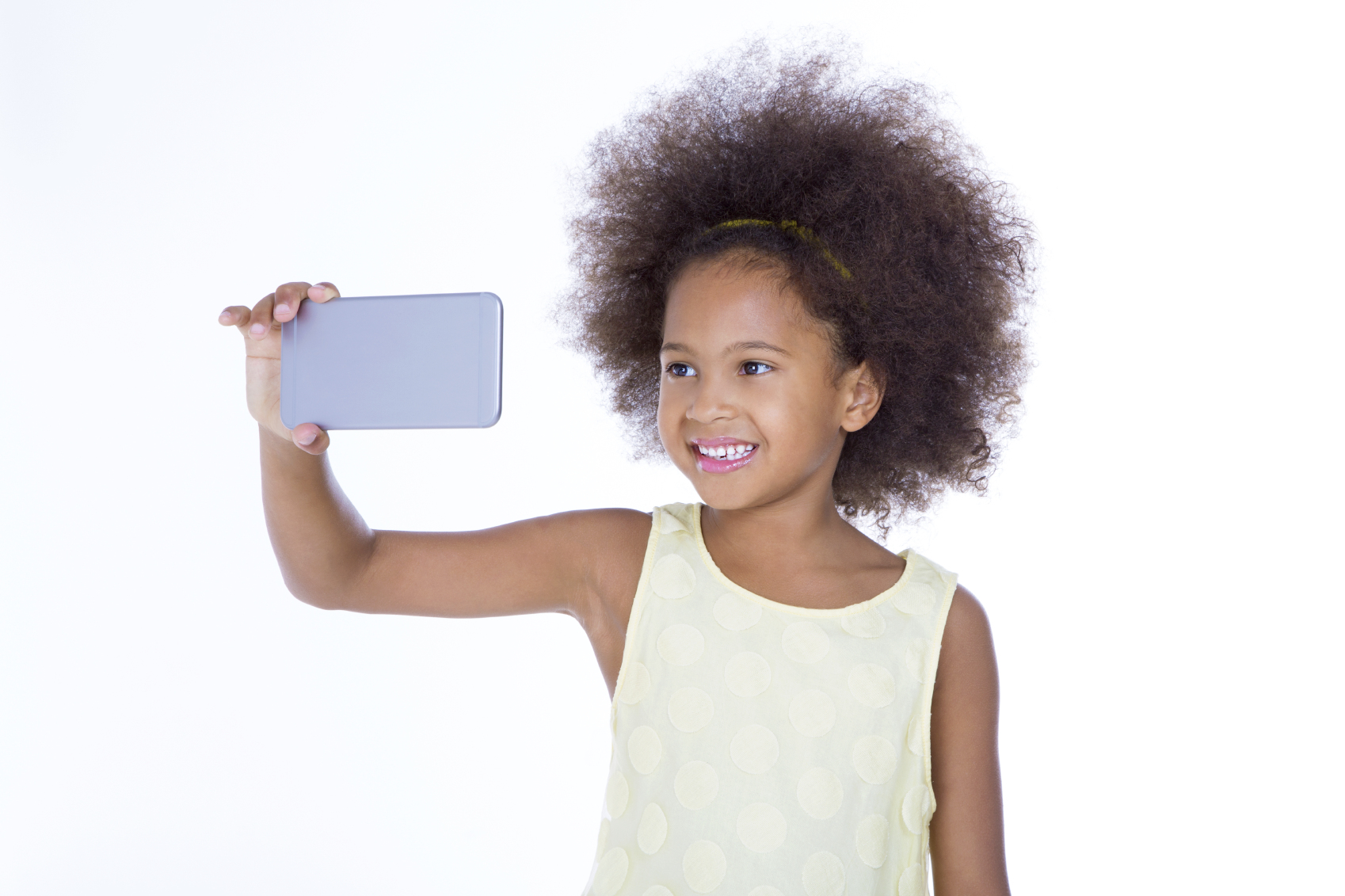
Week 4: The good news
Your teen has their first smartphone. Congratulations. You’ve given it to them thoughtfully, with an open dialogue, security measures in place and a contract you can both live with. You’re off to a really good start.
But if you’re like most parents, you’re still pretty nervous about this whole digital “experiment.” After all, it’s difficult to find anything positive about kids and smartphones in the news. If it’s not cyberbullying, sexting, or texting and driving, it seems there are new hazards popping up daily to be worrying about.
There’s some good news out there that most media outlets don’t cover. Because when it comes to fostering creativity, social connection, communication and education, technology (and even that new smartphone) doesn’t always get the credit it deserves.
Creativity
Neuroscience research proves that we’re all born with innate creative powers. It also tells us that as we age, some of us tap into our creativity while others unconsciously leave it dormant. In other words, we all have potential for great creativity — we just need to realize this potential.
For many young people, technology can jumpstart creativity. With today’s many applications for smartphones, there are creative tools at your child’s fingertips.
Everything from film making, writing, cooking and art can be found at the app store. There are even apps for teens on how to start a business.
Interactive versus passive behavior
With television, teens can sit stagnant for hours staring at the screen. On the other hand, playing an interactive game or learning a skill on an app engages their brain, unlike the passivity of watching endless hours of television.
And some apps inspire hands on creativity. Recently, my daughter began looking for creative inspiration on Pinterest. Not only did she create a virtual board of crafts she’d like to create, she actually spent winter break making several of those items for friends and family.
If she hadn’t had the inspiration at her fingertips, I don’t know if that would have happened.
Communication
One of our “non-negotiable” rules when my kids were teens was that they always had to pick up the phone when we called or at least call or text back quickly. When that didn’t happen, they heard about it. When I was a teen, I used to drive my mother nuts when I had to stay after school or have a sudden desire to go to a friend’s house unplanned. “Why don’t you remember to call me? I was worried sick!” she would exclaim as I finally walked in the door at dinnertime.
I know for me, the peace-of-mind of being to be able to reach my child quickly, especially if there was an emergency, was a huge positive. In fact, in a 2012 survey, 85 percent of parents who were asked said smartphones “ease the back-to-school strain, making this time of year less stressful overall.”
Social connection
While there are obviously pitfalls to be keenly aware of (see weeks 1–3), there are also social upsides to smartphone technology. Many teens that use their smartphones and social media in positive ways, feel more connected to friends, family, their community and even the world we live in.
Some teens that post things that matter to them, can experience higher self-esteem. In some ways, it’s like we did as teenage girls ourselves — creating photo boards or collages on our bedroom walls that we found meaningful. Smartphones and social media can become a canvas that can help teens become more self-aware and develop a sense of identity.
On the other hand, kids with low self-esteem and fewer real world friendships can have the opposite reaction. They may feel worse as they negatively compare themselves to others or seek out online friendships that may not be healthy.
The takeaway here is to talk to your teen about social media and it’s ramifications. This includes issues related to privacy and potential for humiliation, as well as legal ramifications for sharing nude photos. (See weeks 2 and 3)
Education
Some educators are now using smartphones for the classroom. Many find that apps for mobile devices are some of the best, most engaging ways to teach difficult subjects like math and science.
For example, the free Nasa app offers videos, images and interactive displays that bring space to life in a way a lecture never could.
And kids are doing a multitude of other educational and creative activities on their phones as well. Interactive puzzles, creating graphics and artwork, complex multi-level games, putting together montages on Instagram or Pinterest, writing blogs for self expression and composing YouTube videos are just a few examples.
These tools can open up your teen’s creativity and even help them discover where their passions and talents lie.
As always, beware of the educational downsides. These apps can also expose teens to the possibility of shortcuts, like copying and pasting content they haven’t written and passing it off as their own. Be sure to talk to your teen about both plagiarism and other forms of cheating.
Again, pitfalls are always there, and it’s your job to help your child understand the potential consequences of their actions. Remember your teen’s brain is at the height of impulsivity as it is remodeling and fine-tuning. Therefore, it can be tempting to take short-term gains over long-term rewards. (See week 1)
For more information and detail on becoming smartphone savvy, along with great conversation starters for you and your teen, download our free guide.
Read the rest of the series: Week 1, Week 2, Week 3, Week 5 and Week 6.











